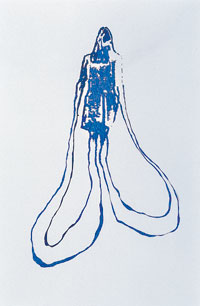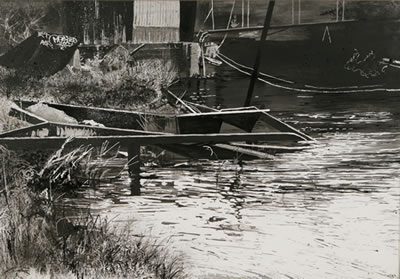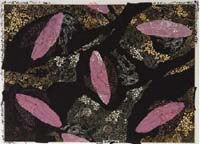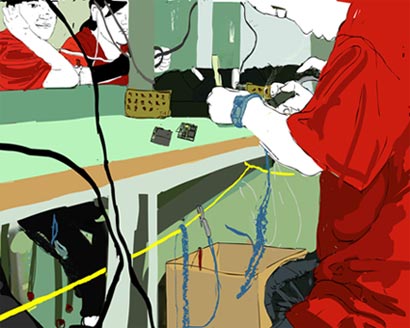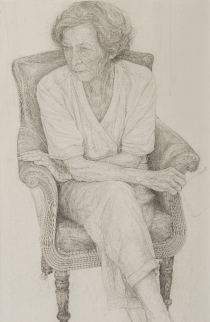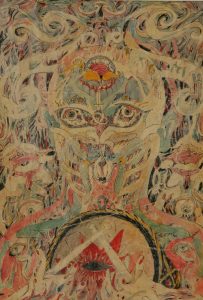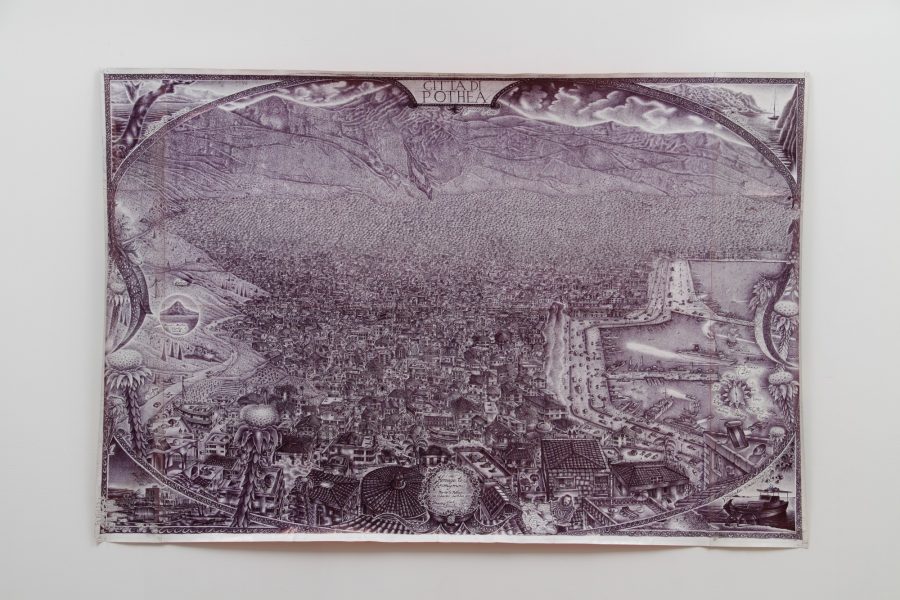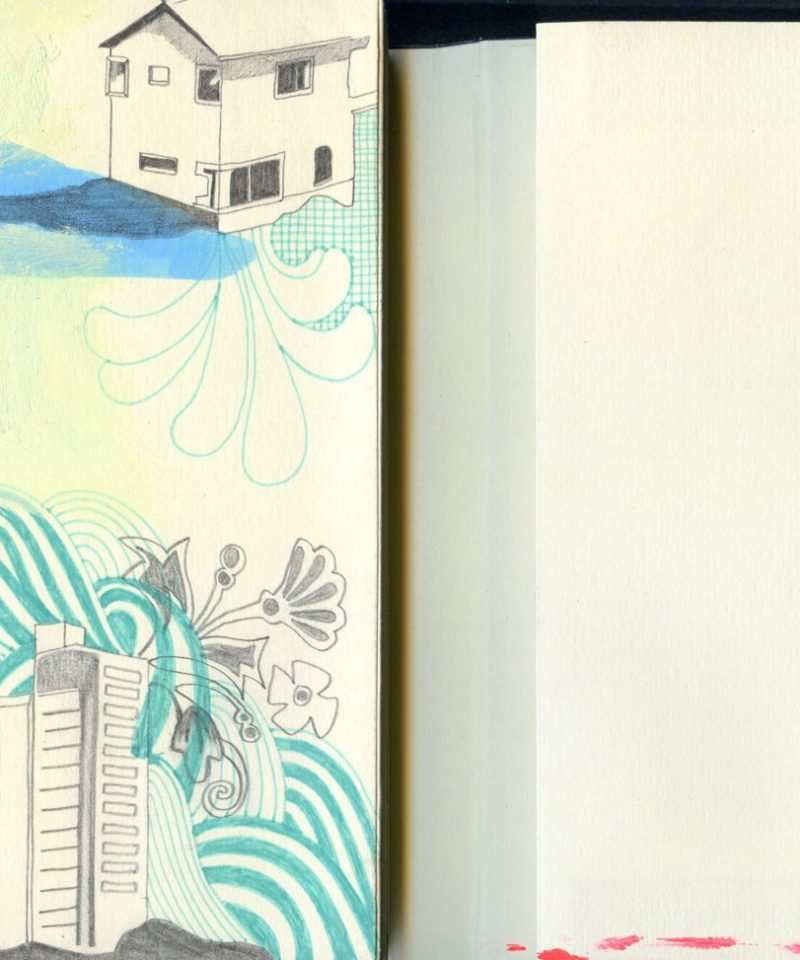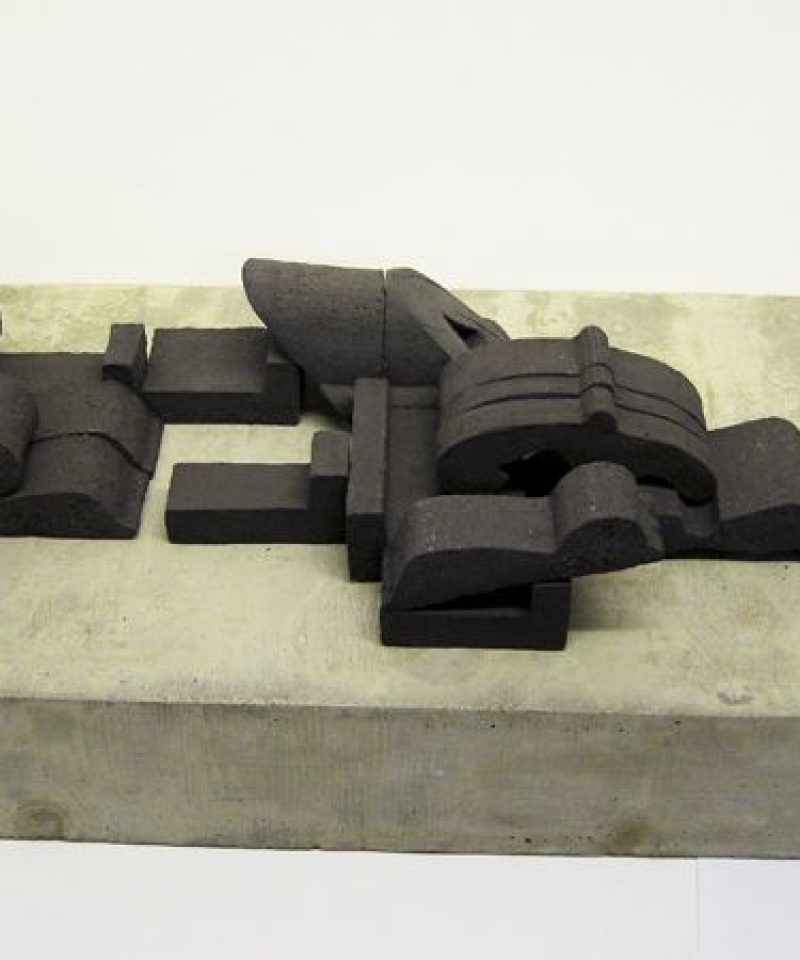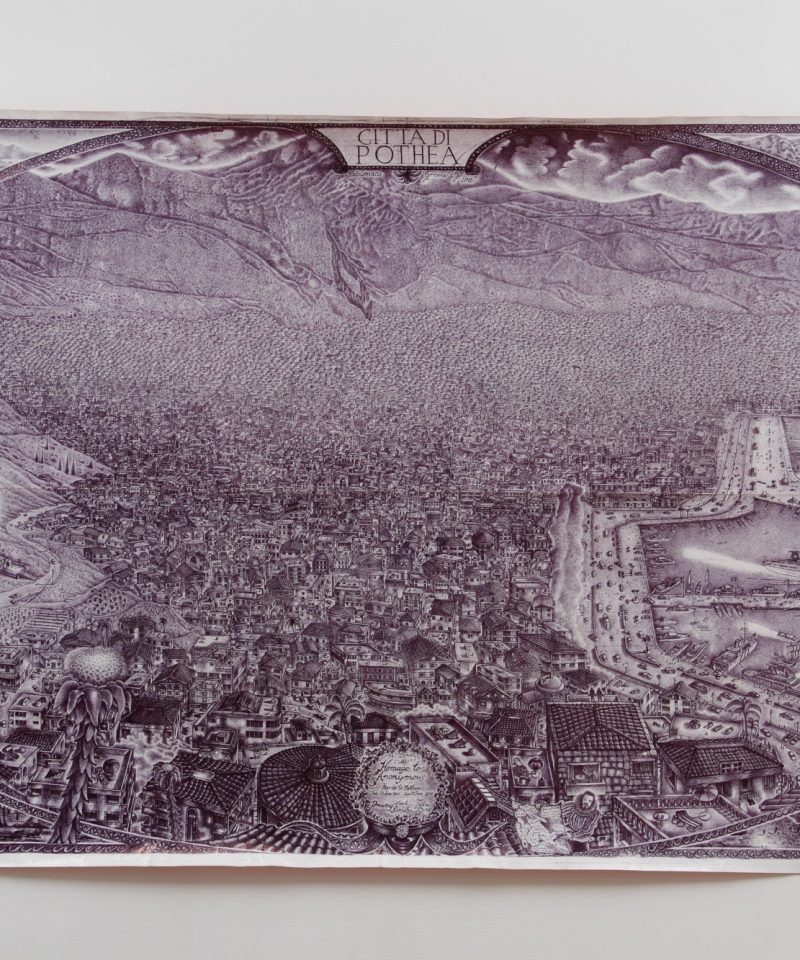Before finally going in to some of the artists, methods and themes in this year’s Drawing Prize show in a bit more detail over the next month, I wanted to do a quick survey of previous winners of the Prize. This interests me not so much to try and get a zeitgeist litmus test, but more to get an overview of media and size. The prize has been now going for seventeen years, and ten years ago became the Jerwood Prize – these rounded anniversaries give an excuse for a bit of perspective. Obviously the taste and exigencies of the judges for each respective year weigh in, but let’s assume that the fact of there being 3 members for each year’s panel acts as a sort of mediating stabiliser for that particular variant. For the purpose of this exercise I’ll just draw up each of the ‘first prize’ winners.
Starting with the Prize in 2001:
Kate Davis, Condition (Blue)
Ink drawing, 128 x 84 cm
2002:
Adam Dant, An Anecdotal Plan of Tate Britain
Ink on Antique Paper, 59.5 x 80cm
2003:
Paul Brandford, Snatch
charcoal on paper, 39 x 53cm
2004:
Sarah Woodfine, Wyoming 2003
pencil on paper diptych, 66 x 68 cm each
2005:
Juliette Losq, We are the fictions of the vanished lives and buildings
pen and ink with masking fluid on paper, 86 x 114.5cm
2006:
Charlotte Hodes, Wallace Collection Series I 2005/06
Digitally manipulated drawing, inkjet with collaged fragments, 104 x 137cm
2007:
Melanie Jackson, A Global Positioning System
digital animation, 10min 1 sec
2008:
Warren Baldwin, Study for Portrait V
Pencil and Charcoal on Paper, 101cm x 66cm
2009:
Mit Senoj, The Drum
ink and watercolour on paper, 42.5 x 32.5 cm
2010:
Virginia Verran, Bolus space (signal)
Pens on canvas, 76 x 62cm
So, on a formal level we could say from this that the Average Jerwood Drawing Prize winner would be a roughly square 78 x 77.4cm in size, most likely a monochromatic ink on paper drawing. Which would fit with this year’s winner, though if we factor in his sizable drawing our new Average size would be a more normal portrait style and quite respectable 96.5 x 126.2 cm.
Content wise, despite the variation, we could say that by and large a certain figurative fidelity is a common factor. Looking at these, the word ‘realism’ doesn’t quite hold across the board but even Mit Senoj/Tim Jones’ explosive mindscapes don’t stray into abstraction. If humans don’t feature directly, then their structures, buildings and fabrications occupy the space like an expectant ghost. There’s a sense of directness, and it poses the question of whether drawing forms its content and subject by force of its process – ie does a drawing’s content always feel direct or forthright, because of the act of drawing, or what drawing as an act is meant to signify. That might not make much sense, but that’s something I want to explore more in the next few weeks, so hopefully it will.
Out of these artists, the only two I was aware of were Dant and Jackson- Dant from his shows at Hales and part of the Hypercomics show at PumpHouse Gallery, and Jackson from her exhibition with the Drawing Room last year. I guess I’m drawn more initially to (no pun intended) styles like Dant’s geekish referentialism, and Jones’ surreal bends that remind me of comic book artists like Matthew Thurber and CF, or the PaperRad gang.
For now though, I’ll let you all survey the past decade and next we can start looking at the apparent present/future of drawing…
